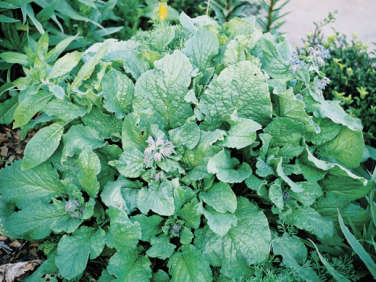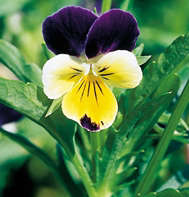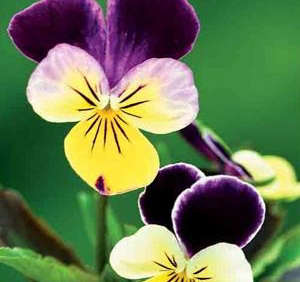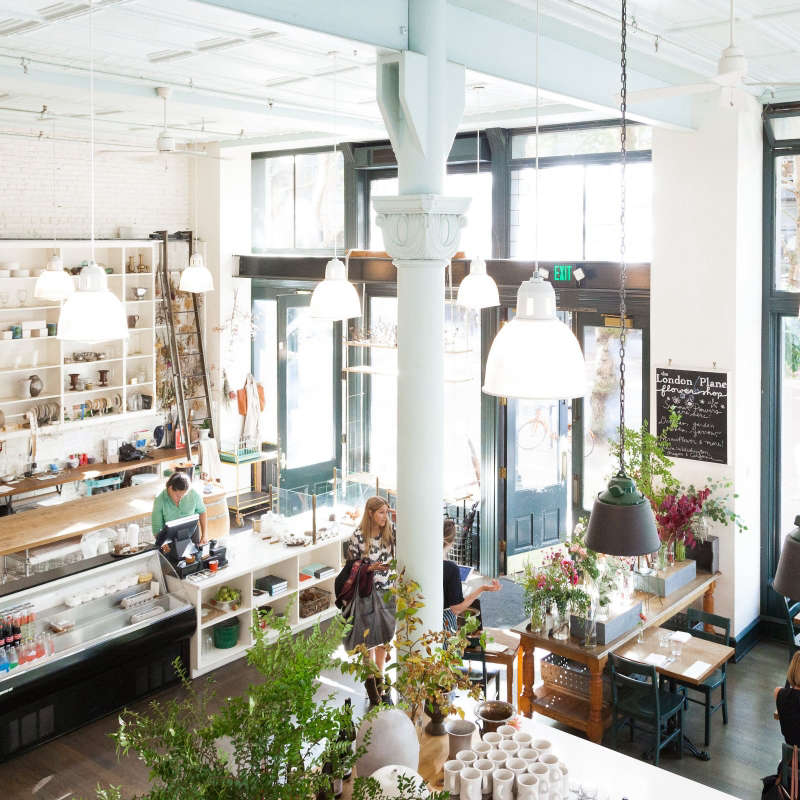Nasturtium petals in salad, borage in ice cubes, a cake strewn with roses and dianthus: We've been eating flowers in our house since Sarah Raven suggested it in her book The Great Vegetable Plot.
In England, where I live, we've had a sun-less spring. But we're already harvesting our salad from the garden (thank you, pansies). Companion plants among the vegetables attract pollinators and distract pests. How value-added, then—if rather ungrateful—to eat many of these hard-working flowers, as well.
Photography by Kendra Wilson for Gardenista.

Above: Salad leaves should be treated as "cut and come again." By picking around its edges, you'll make lettuce more productive (and more attractive than if you'd sliced off its head and left a scar).

Above: The salad was put together in mid-May.
Above: Edible flowers can be had all year round, in England. In winter and spring, Viola 'Heartsease' goes into salads and ice cubes. A packet of 100 seeds is £1.95 from Sarah Raven. For a similar tricolor johnny jump-up, consider Viola 'Helen Mount.' A packet of 100 seeds is $3.45 from Johnny's Seeds.
Above: Primrose does well in a climate with mild winters; it's useful for cake decorating and crystallizing. Primula vulgaris plants from Wiggly Wigglers are £9 for three. For a mixture of colors, Primula x pubescens blooms white, red, yellow, pink, and purple; a packet of 100 seeds is $1.99, from Swallowtail.
Above: In summer and autumn, the garden yields Nasturtium , Calendula for salads (petals only), Borage (petals only) for ice cubes and crystallizing, and Courgette flowers (follow River Cottage's easy recipe for Stuffed Courgette Flowers). A packet of seeds costs from $1.75 to $2, depending on the variety, at D. Landreth. Nasturtium 'Tip Top Mahogany' (above) from Sarah Raven, £2.50 for 25 seeds.
Above: Sarah Raven's The Great Vegetable Plot ($39.95 at Amazon) is about "growing veg for busy people – not aiming to grow everything, but prioritizing the easiest, tastiest and most unusual things," says the author.













Have a Question or Comment About This Post?
Join the conversation (0)